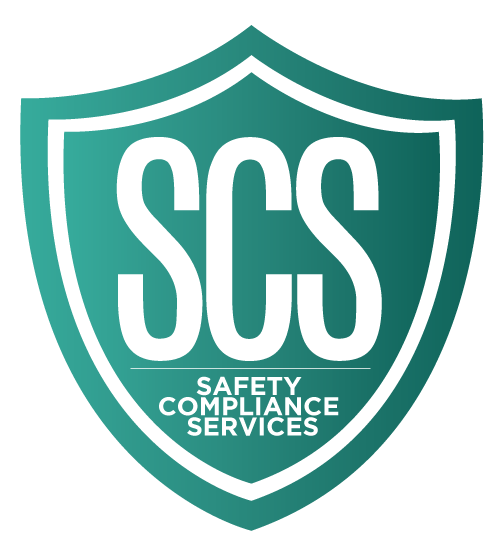In today’s fast-paced work environments, the line between professional responsibilities and personal well-being can often blur. However, fostering a culture of work-life balance isn’t just about employee happiness. It’s also about ensuring a safer and healthier workforce. Here we’ll explore why promoting work-life balance is crucial for workplace safety and provide practical strategies for achieving it.
The Link Between Work-Life Balance and Safety
Work-life balance isn’t just a buzzword – it’s a critical factor in maintaining a safe work environment. When employees are overworked, stressed, or fatigued due to long hours and excessive workloads, their cognitive abilities decline, reaction times slow down, and decision-making becomes impaired. This not only increases the risk of accidents and injuries but also compromises overall job performance.
Practical Strategies for Promoting Work-Life Balance
- Flexible Work Arrangements: Offering flexibility in work hours or the option to work remotely can empower employees to better manage their personal commitments while fulfilling their professional responsibilities. This flexibility reduces the strain of commuting, allows for a better work-life integration, and ultimately enhances employee well-being.
- Encouraging Time Off: Encourage employees to take regular breaks, vacations, and personal days to recharge and prevent burnout. Lead by example by respecting employees’ time off and creating a culture where taking breaks is encouraged, not frowned upon.
- Setting Boundaries: Help employees establish clear boundaries between work and personal life. Encourage them to designate specific workspaces at home, establish digital boundaries by turning off work-related notifications outside of business hours, and avoid the temptation to check emails incessantly.
- Promoting Physical Activity: Physical activity is not only essential for maintaining physical health but also for reducing stress and improving mental well-being. Encourage employees to incorporate regular exercise into their routines by offering onsite fitness classes, organizing walking meetings, or providing incentives for participating in wellness activities.
- Supporting Mental Health: Create a supportive environment where employees feel comfortable addressing mental health concerns. Offer resources such as employee assistance programs (EAPs), counseling services, and mental health awareness training to help employees cope with stress, anxiety, and other mental health issues.
- Leading by Example: Leadership plays a crucial role in shaping workplace culture. Lead by example by prioritizing your own well-being, respecting employees’ time off, and promoting a healthy work-life balance within your team or organization.
Measuring Success and Continuous Improvement
To gauge the effectiveness of your work-life balance initiatives, solicit feedback from employees through surveys, focus groups, or one-on-one discussions. Monitor metrics such as absenteeism rates, turnover rates, productivity levels, and safety incident reports to assess the impact of these initiatives on overall workforce health and safety. Continuously evaluate and adjust your strategies based on feedback and data to ensure ongoing improvement.
In closing…
Promoting work-life balance isn’t just a feel-good initiative. It’s a strategic imperative for creating a safer and healthier workforce. By implementing practical strategies to support work-life balance, employers can reduce the risk of accidents and injuries, improve employee well-being and job satisfaction, and ultimately foster a more productive and resilient organization. Remember, achieving work-life balance is not a one-time task but an ongoing journey that requires commitment, empathy, and collaboration from both employers and employees alike.


Recent Comments